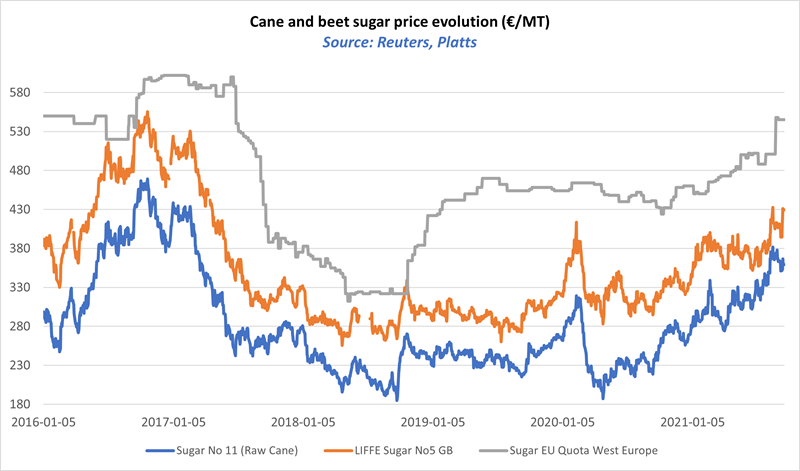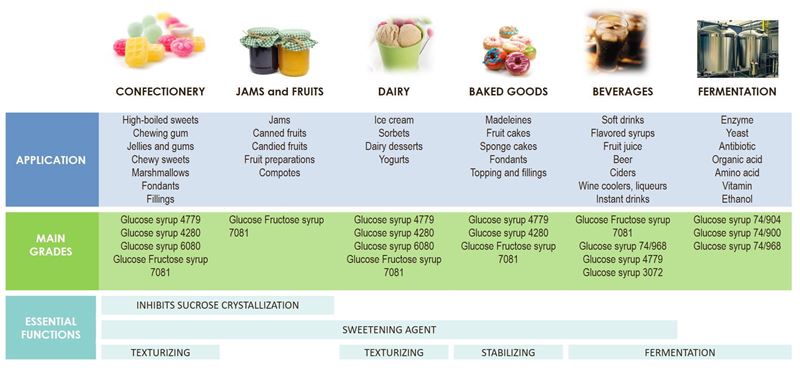The European starch derivatives market is tightening on the back of healthy demand for starch sweeteners used in the food and fermentation industry. Consumption of food grade cereal sweeteners used in a wide range of applications (e.g., confectionery, beverages, dairy products, baked goods) for its sweetening, anti-crystallizing, binding and texturizing properties was significantly impacted by the lockdown measures linked to the COVID-19 pandemic, and today, it is recovering following the reopening of food services throughout Europe.
Usage of industrial cereal sweetener grade is also surging as it is becoming a more competitive carbohydrate source for the fermentation industry in the current high sugar-beet price environment, but the supply of starch sugars is limited to the overall starch slurry availability. With two assets recently removed from the market, the supply and demand balance for starch sugars is tightening.
The starch industry does have the ability to produce a wide range of starch derivatives out of the starch slurry extracted from wheat and corn. In this limited supply market situation, starch derivative processors have to find the right balance in the process of their starch slurry to produce a range of starch derivatives that both meets market demand and covers high variable costs to remain competitive. In such a tight market environment, securing supply is becoming a growing concern on the starch derivatives consumers’ side.

The information contained herein has been lawfully obtained and is based on Roquette’s best knowledge
Securing competitive starch sweeteners supply in Europe
Roquette is a market provider of competitive cereal sweetener solutions for the food and fermentation industry with many assets to efficiently supply customers.
Find out more about the main applications of starch sugars and their grades offered by Roquette in the table below.
Liquid sugars main outlets
A key carbohydrate for a wide range of applications
















